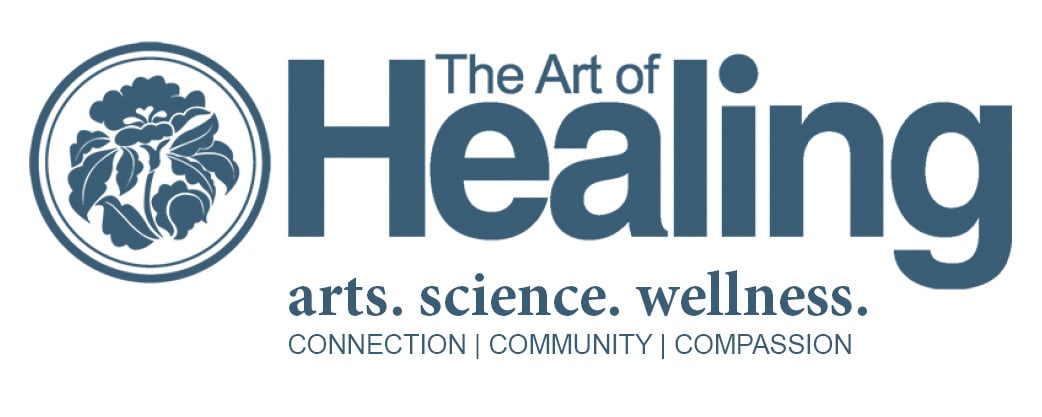Sayer Ji
Cinnamon’s medicinal potential is as rich and complex as its flavour and aroma, with balancing blood sugar and fighting infection at the top of the list. Cinnamon is a familiar spice, but few are aware of just how diverse its medicinal properties are. The US National Library of Medicine houses well over 1300 abstracts which demonstrate cinnamon’s potential health benefits.
Firstly however, it should be clarified that there are a wide range of plants whose bark are sold as cinnamon. The first though less used form is known as Cinnamomum verum (literally ‘true cinnamon’). This is sometimes called Ceylon (the ancient name of Sri Lanka) cinnamon, as it is named after the geographic region where it was first commonly cultivated. Due to its rarity, this cinnamon is more expensive and harder to find on the market. Other forms include:
• C. cassia (Cassia or Chinese cinnamon)
• C. burmannii ( Indonesian cinnamon)
• C. loureiroi (Vietnamese cinnamon)
One of the major differences between C. verum and varieties such as C. burmannii and C. cassia is that the latter types contain much higher levels of coumarin, a naturally occurring phytochemical with blood-thinning properties. This has prompted European health agencies to warn against consuming large amounts of cinnamon varieties such as cassia.
Natural blood-thinning activity, of course, within the proper context can be life-saving, but when mixed with already dangerous blood-thinning drugs such as aspirin, it can be a recipe for disaster.
All the more reason why when using spices and herbs in ‘pharmacological’ or heroic doses you should consult a medical herbalist, or physician with a nuanced understanding of the benefits and potential harms of using high-dose herbal therapies.
Another issue that the U.S. buyer of spices must be fully aware of is the likelihood that, unless explicitly labelled ‘USDA certified organic’, the cinnamon they are purchasing may have been exposed to toxic levels of gamma irradiation in a controversial process known as “electronic” or “cold” pasteurisation.
Lastly, be mindful of the differences between the powdered whole herb, various water or alcohol extracts, and the oil itself. Some of the studies below focus solely on the oil component (90% of the oil is the therapeutic substance known as cinnamaldehyde) whereas others use water soluble components. The information listed below is not provided as medical advice but to illustrate the vast potential natural substances have to be used in a therapeutic manner.
Blood Sugar Disorders
Probably the most well-known health benefit of cinnamon is for blood sugar disorders. And this is for good reason. There is now a rather substantial body of clinical and preclinical research showing that it may help to improve the condition of both type 2 and type 1 diabetics in the following ways:
• Type 2 Diabetics
Improve fasting blood sugar, reduce glycated haemoglobin (A1C) and blood pressure, increase glucose optimisation in a manner similar to metformin, improve insulin signalling and sensitivity, and improve blood lipid profiles.
• Type 1 Diabetics
Protect against hypertension, protect against diabetes-associated kidney damage, suppress post-meal blood sugar elevations, and contribute to ongoing reduction in blood sugar.
Infections
While there is extant folk medical lore indicating that honey mixed with cinnamon can help relieve a sore throat, or fight off infection, few realise it has been confirmed to have extensive anti-infective properties against a wide range of bacteria, viruses and fungi.
It makes sense that cinnamon bark would protect against infection, as one of the major biological functions of plant bark is as defence against predation (ie. infection).
What follows is an impressive range of pathogens that appear to succumb to cinnamon:
• Aspergillus niger
• Campylobacter Infections
• Candida Infection
• Coronaviridae (SARS-associated) Infections
• Escherichia coli Infections
• H1N1 Infection
• Head Lice
• HIV Infections
• Insect Bites: Repellent
• Klebsiella Infections
• Legionnaires’ disease
• MRSA
• Pseudomonas aeruginosa
• Staphylococcal Infections
Like many natural spices that have been used for thousands of years, we are only now just beginning to comprehend through scientific research how important they are, not simply for flavouring our foods but for helping keep us free of disease.
*This is an edited article. To read the full article please go to the website shown below and/or conduct your own further research.





